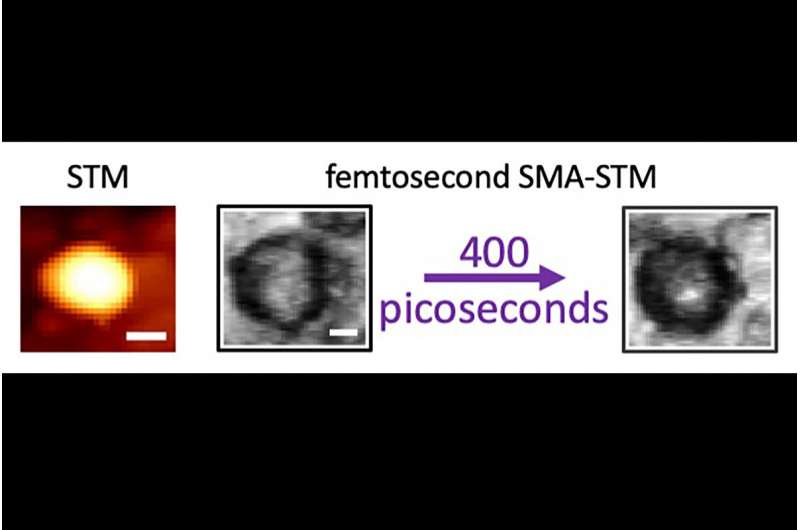Tiny fluorescent semiconductor dots, called quantum
dots, are useful in a variety of health and electronic technologies
but are made of toxic, expensive metals. Nontoxic and economic
carbon-based dots are easy to produce, but they emit less light. A
new study that uses ultrafast nanometric imaging found good and bad
emitters among populations of carbon dots. This observation
suggests that by selecting only super-emitters, carbon nanodots can
be purified to replace toxic metal quantum dots in many
applications, the researchers said.



